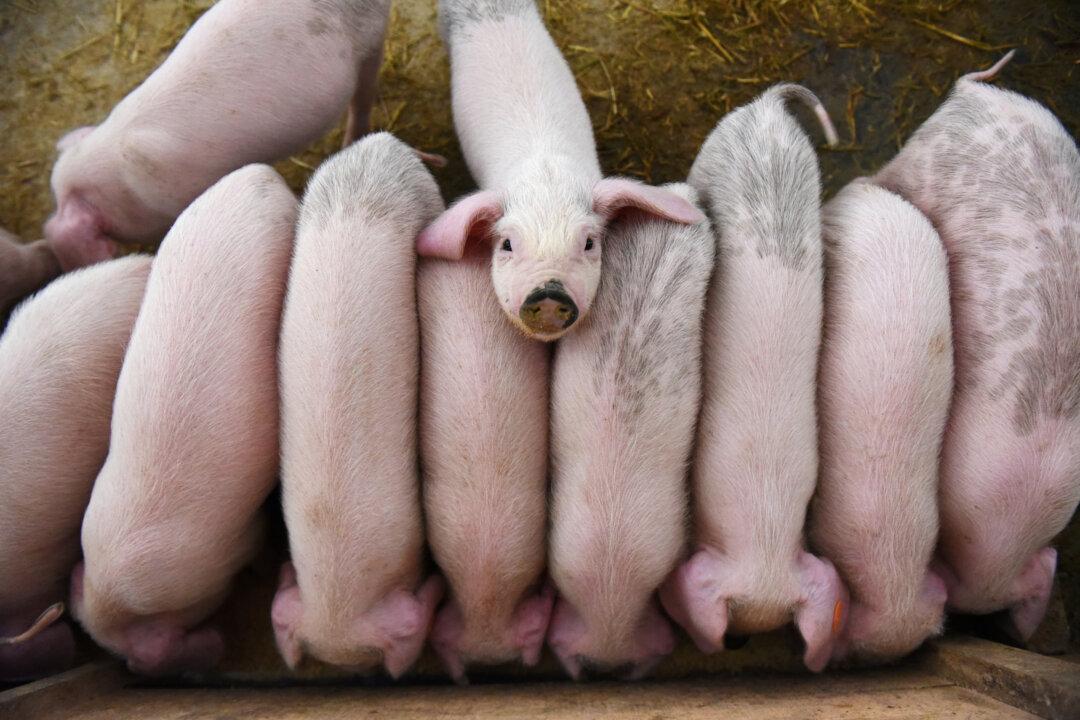SINGAPORE—China’s large pig farms are lining up with small, family-based farms in a state-initiated investment of nearly 50 billion yuan ($7.14 billion) to boost hog productions hit hard by a deadly swine disease, the agriculture ministry said.
Fifteen leading pig farms in Beijing on Dec. 26 signed 19 agreements with local governments in 16 Chinese cities such as Liangzhou of western Sichuan Province and Engshi in central Hubei, to raise pigs together, the Ministry of Agriculture and Rural Affairs said.





